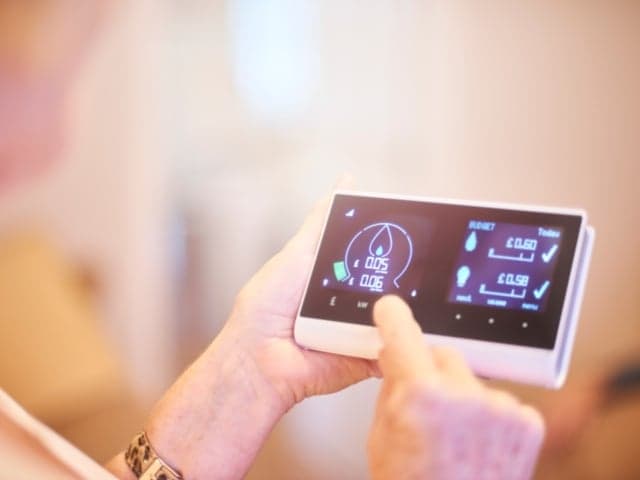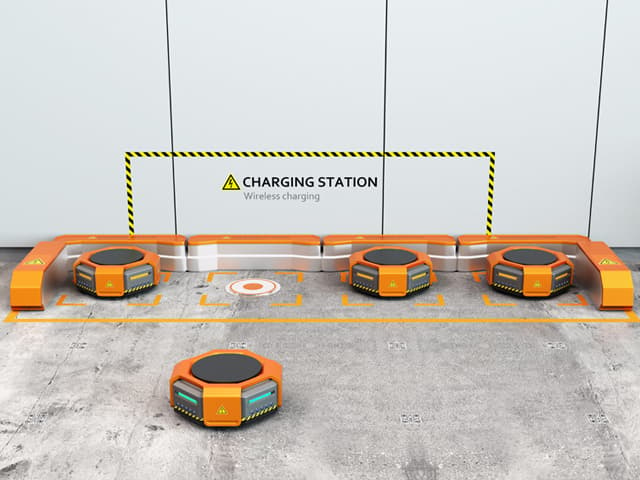FAQ Regulatory Requirements for Wireless Power Transfer (WPT)
This article by Steve Hayes answers frequent regulatory questions surrounding wireless power transfer (WPT) devices, covering categorisation issues across global markets, compliance pathways for ISM versus radio classifications, and testing standards for emissions and RF exposur, enabling manufacturers to confidently chart a route to market.
WPT Wireless power transfer may one day become as common as wireless communication. Understanding the regulatory framework for WPT devices to help product designers and quality assurance managers ensure regulatory compliance is critical.
WPT (Wireless power transfer) has an exciting range of use cases, from electric vehicles to hearing aids to industrial applications—our whitepaper highlights in further detail where this innovative technology may lead us in the future. However, to get to market, manufacturers of WPT devices must overcome challenging hurdles around the world like contradictory categorization systems for radio frequency and electromagnetic compatibility regulations.
How can we help you with navigating regulatory requirements for Wireless Power Transfer (WPT)?
Our industry expert Steve Hayes can help ensure that your products, services, and solutions meet all relevant, internationally recognized connectivity and interoperability standards by answering some of the most frequently asked questions in our latest webinar.
FAQ on WPT Wireless Power Transfer
Is EN 303 417 harmonized under RED?
No, EN 303 417 is not harmonized under the RED. The nearest standard that could be used and is harmonized is EN 300 330.
What shall/can you do for a portable WPT operating below 4MHz regarding RF exposure when there are no standardized measurement methods regarding basic restrictions?
Modelling/simulation is an acceptable technique below 4MHz. in addition, Speag has a new probe that may also prove useful.
If a purchased module is Part 15 compliant, then integrated into a product does it require recertification?
Watch our extensive videos on module integration for FCC (and RED).
How do you see the difficulty of regulations, for WPC/close-coupled inductance, compared to power through the air/loosely coupled technology?
Close coupled WPT is an easier path from a regulatory perspective today if the system is defined as radio communication. However, if the system uses an alternate for communication such that the WPT is considered an ISM device, this would be the easier route.
What about out of band interference or stray signals?
Irrespective of how the WPT is categorized (ISM or radio), both require out of band emission testing in the spurious domain. This would be up to 6 GHz or higher.
What would be the test requirement/Standard to use for CW WPT without any coms and outside the ISM band?
If an ISM device uses a non-ISM frequency, the product would be required to meet the normal spurious emission limit for non-radio products (this would be EN 55011 Group1, Class A or B).
What potential distances have been achieved with WPT?
There are products on the US market that can achieve distances of circa 10m for ISM based WPT.
A Qi charger doing exchange of charging information such as power transfer or foreign object detection, is that considered as data transfer and then a "radio" device?
Yes, that is communication and therefore subject to the RED/RER for Europe.
What are the upper field strength limits for WPT in the U.S. for unintentional inductive (non-radiative)?
Please see the following link for information from the FCC (Federal Communication Commission) on this topic.
In FCC KDB 680106, If a WPT device works at ISM band and only transmits load modulation for power management and control, there is no communication about other information, it is okay to use Part 18?
Yes, in the example that is mentioned Part 18 is acceptable if load modulation is the only communication between source and load.
Are there WPT technologies that are accepted world-wide?
I'm afraid the worldwide approval doesn't really exist for WPT. The nearest WPT technology that would achieve global compliance is Qi etc.
How is WPT object detection handled?
Object detection is a type of load modulation. This is allowed in the US under Part 18 (only) if the modulation is only used for battery status, rapid shutting down of system and object detection. In Europe, this is considered as communication and subject to the RED/RER.
Does a wireless phone charger product which operates in the band of about 110kHz to 200kHz require certification to EN62688-1 or any other safety standard?
A safety assessment will be required irrespective of the end application/use case. The assessment standard will be dependent on the application, but EN 62368-1 (and-3) will be one of the most common for multimedia type products.
How can I find out whether a WPT system complying with ETSI EN 303 417 can be used in the EU as the standard is not mentioned in ERC Recommendation 70-03 or e.g., the National Frequency Plan of Germany?
Where there is no harmonized standard a Notified Body (such as Element) can be consulted to help. A Type Examination is required under these circumstances which is provided by the Notified Body.
If we have a product on the 868mhz band for communication, can we dual band the device to include WPT transfer?
It is unlikely that the 868 MHz band could be used for WPT since it is a communications band. If the power from the WPT is low enough, there may be a possibility.
We are using WPT in our proposed medical device and need help to get it certified. It seems that reading one standard, leads to another standard which leads to a third standard and a rabbit hole develops. Is there a guide to reach conclusive requirements for our application?
There is a single source of truth that ensures 'old' requirements are not left in product standards. In the case of ISM WPT this standard is CISPR 11.
Do other services/applications accept interference from ISM bands?
Where communications products use ISM bands, they must accept interference in the ISM band. This is because ISM is the primary user of the band.
To find out how we can help you with your WPT wireless power transfer requirements, contact our experts today.
Related Services

Technical Advisory Services
Explore Element's technical advisory services & expert witness capabilities for regulatory compliance, failure analysis & litigation support. Trusted worldwide.

Internet of Things (IoT) Testing and Certification
Element's IoT testing services and certification ensure compliance, accelerate market readiness, and provide global IoT network access. Learn More.

Consumer Electronics Testing and Certification
Get expert consumer electronics testing to accelerate your market entry. Element's accredited EMC, safety & wireless compliance services facilitate smoother market entry.

Wireless Power Transmission (WPT) Testing Services
Expert Wireless Power Transmission testing to ensure your innovative charging solutions meet global EMC and RF safety standards. Get comprehensive compliance support for near-field and far-field WPT technologies.


